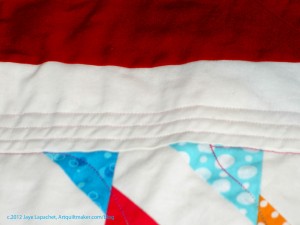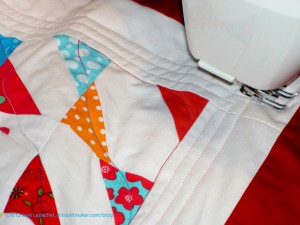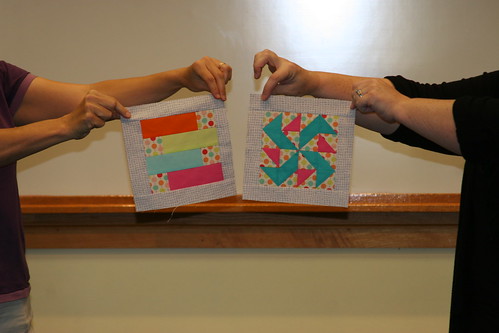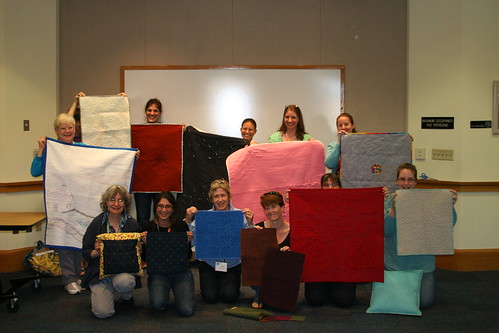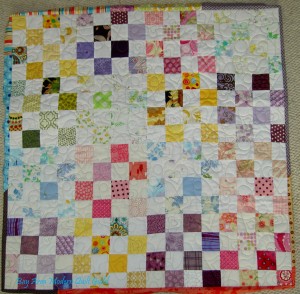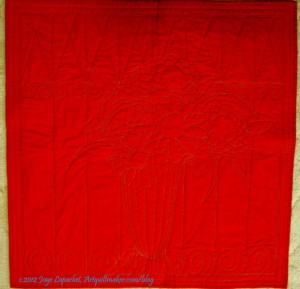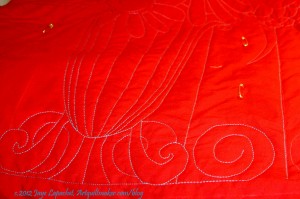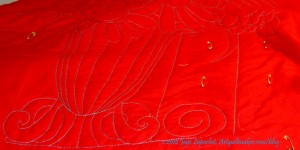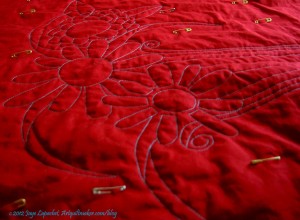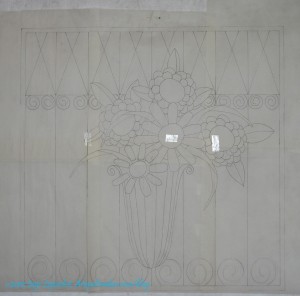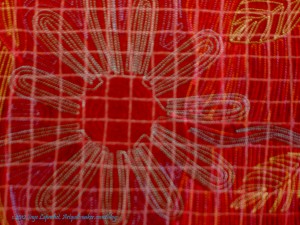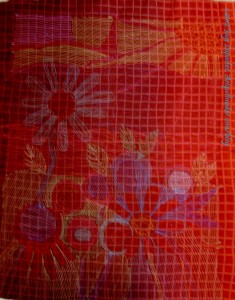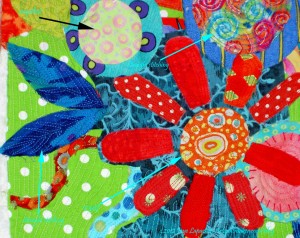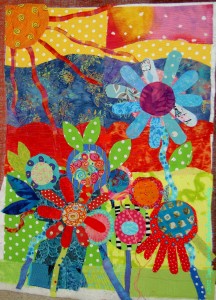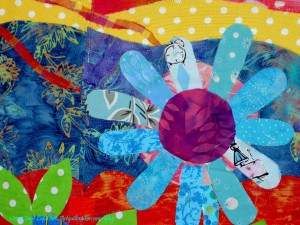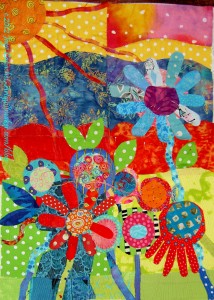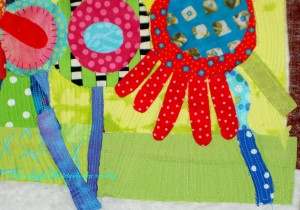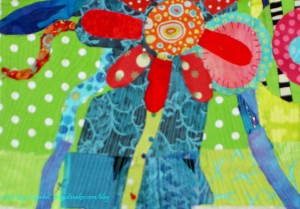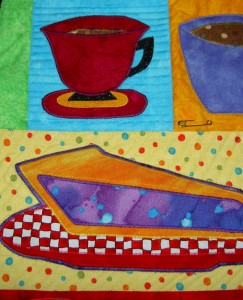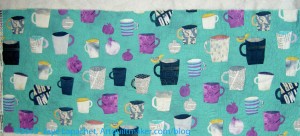
Yes, I did some free motion quilting.
Now that you have all peeled yourselves off the floor and revived yourselves with some smelling salts and a stiff drink, I will repeat that, yes, I did some free motion quilting. Kelly, the BAMQG President is issuing personal challenges and this is the first one I have really been able to do.
I got this fabric at the EBHQ show and just decided to use it for this exercise.
I decided to break up the exercise into 3 patterns, roughly the same size with the piece (1/2 yard x WOF): continuous boxes, flower petals and round swirly things.
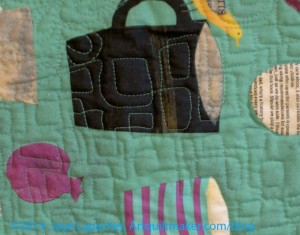
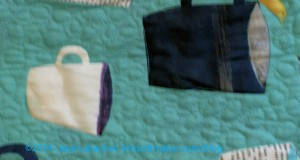
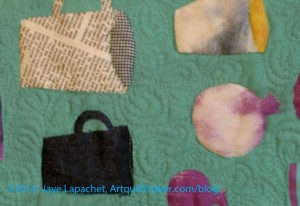
Some of these are designs I learned in various machine quilting classes I have taken over the years. I did this exercise because of the BAMQG personal challenge, but also to test my skills.
Though I have not done a lot of machine or free motion quilting over the past few years, I am not terrible at it.I still have some skills and was able to get into a nice rhythm. I am not a pro by any stretch of the imagination and I won’t be firing my quilter any time soon, but I think I can do small pieces.
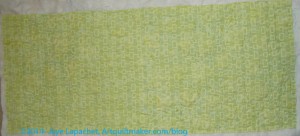
I couldn’t quite get the tension right, but the back doesn’t look horrendous. I will ask about adjusting the tension on the DC5100 when I go for lessons. I decided to concentrate on the look of the front, my speed and the length of the stitches.
I tried two different darning feet as well. Both came with my 9k. One is a hopping foot, which I don’t like that much, but ended up using on the DC5100. The other is a darning foot with no springs or hopping. It fits on to the shaft of the machine, screws in and is ready to sew. I prefer this foot as I can see better where I am headed, but it doesn’t fit on the DC5100 and no similar foot came with that machine. I also used Aurifil 50 wt thread. I used that thread, rather than the 40 wt, because I have a lot of colors and the color I wanted to use was available to me right at the moment I wanted it with no trips to the quilt store. I suspect the 9k didn’t like the speed at which I was quilting with that thin thread. It occurred to me later that I could have adjusted the tension, but I didn’t think of it before I switched machines.
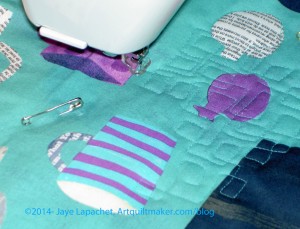
I do free motion quilting at kind of a medium speed. I set the machine to that medium speed and that allows me to have better control over my stitch length.
One of the design elements I used was to go around some of the cups and fruits rather than just quilting over all of them. some of them, as you can see, I did quilt over, but many I outlined. I found it to be good practice in following a design.
I never like it when the quilting doesn’t follow the piecing, or fabric design, but getting a little recent experience with machine quilting, I am reminded of the ease of pantographs and all over designs.
![Sewing machine[s] setup](https://www.artquiltmaker.com/blog/wp-content/uploads/2014/04/PICT4789sm-159x300.jpg)

